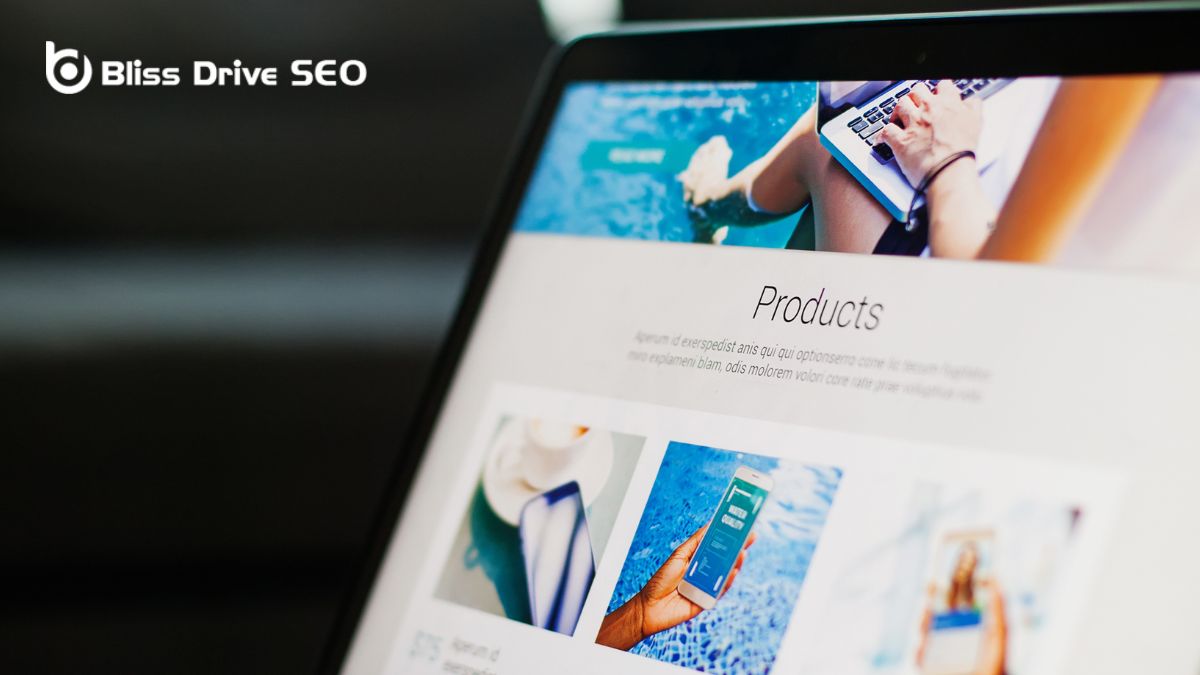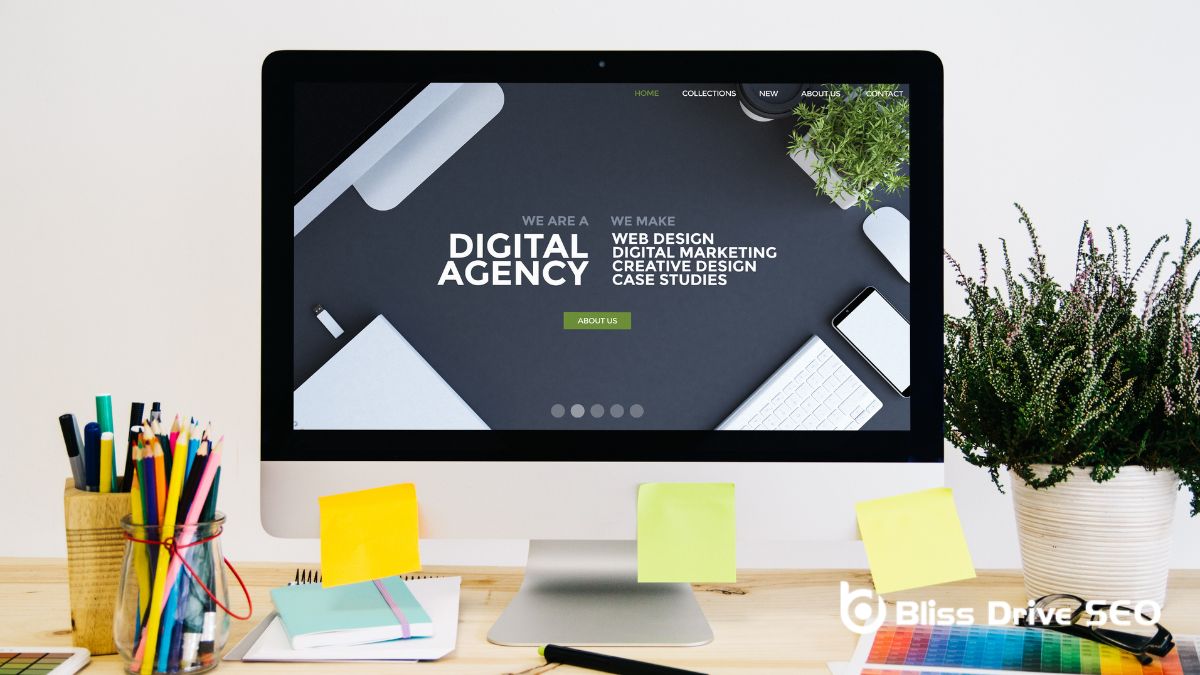Digital Marketing Services
Learn More About Us

When you're aiming to boost conversions, focusing on effective landing pageThe web page a user is directed to after clicking on an affiliate link, optimized for conversions. design is pivotal. You'll need to ponder persuasive copy, appealing visuals, and social proofThe influence that other people’s actions have on one's own behavior, often seen in likes, shares,... like testimonials to engage visitors. But what really makes a high-converting page stand out? There's more to it than just aesthetics; understanding industry-specific benchmarks and optimization strategies is key. Imagine transforming your landing page into a conversionThe completion of a desired action by a referred user, such as making a purchase or filling out a fo... powerhouse. Curious about the essential elements that make this possible? Let's explore how to craft a landing page that not only captures attention but also drives action.

Understanding high-performing pages starts with recognizing their core purpose: driving visitor action. To achieve this, you need a blend of persuasive copy, appealing design, and social validation. A high-performing landing page isn't just about aesthetics; it's about strategically placing effective design elements like a compelling hero shot and a clear call to action. These elements guide your visitors to take the desired action, whether it's signing up for a newsletterA regularly distributed email containing news, updates, and content relevant to subscribers. or making a purchase.
Social validation plays an important role in building trust and credibility. Testimonials, reviews, and case studiesIn-depth analyses of specific instances or examples to highlight success stories or lessons learned.... can all serve as powerful motivators for potential customers. The conversion rateThe percentage of visitors who complete a desired action, such as making a purchase or filling out a... of your landing pages can greatly improve when you incorporate these industry-specific elements.
For instance, pages tailored to education or social media industries often see higher conversion rates, reaching up to 52.68% and 46.94%, respectively.
Personalized recommendations are another effective strategy. When your landing page speaks directly to the needs and interests of your audience, it feels more relevant and engaging. Combining these elements with clear, persuasive copy and interactive features can turn a good landing page into a high-performing powerhouse.
When you're aiming for higher conversions, it's important to understand the average rates across different industries.
For example, e-commerce landing pages convert at 12.9%, while real estate pages convert at 7.4%. Factors like page design, target audience, and offerThe specific product or service being promoted by affiliates. quality greatly influence these rates.
Delving into industry-specific conversion rates reveals key insights that can dramatically improve your landing page performance. Understanding these conversion benchmarks helps you tailor your landing page design to achieve high conversion rates.
For instance, the social media industry boasts an impressive landing page conversion rate of 46.94%, while the education sector leads with a remarkable 52.68%. These figures underscore the importance of crafting effective landing pages tailored to the specific needs and behaviors of users in each industry.
In the graphic design industry, landing pages see a conversion rate of 48.73%, signaling the value of visually appealing and user-friendly designs. Meanwhile, the email marketingThe use of email to promote products or services, build relationships with potential customers, and ... sector achieves a strong conversion rate of 41.29%, highlighting the effectiveness of targeted email campaigns driving traffic to landing pages.
The hospitality industry, though slightly lower, still maintains a healthy conversion rate of 36.85%. This suggests that even in service-oriented sectors, well-crafted landing pages can leadA potential customer referred by an affiliate who has shown interest in the product or service but h... to significant engagementThe interactions that users have with a brand’s content on social media. and bookings.
Several factors influence conversion rates, and understanding these can greatly boost your landing page performance.
First, industry-specific conversion rates provide a benchmark. For instance, the average conversion rate for landing pages across industries is 9.7%. However, this varies significantly depending on the type of page. Lead generationThe process of attracting and converting prospects into potential customers. pages typically see lower conversion rates compared to e-commerce pages, which average 12.9%. Real estate landing pages have a conversion rate of 7.4%, while entertainment landing pages stand out with an impressive 18.1%.
To optimize landing page design for higher conversions, focus on elements tailored to your industry. Factors influencing conversion rates include the clarity of your call-to-action, the relevance of your content, and the overall user experience.
For e-commerce pages, ensuring a seamless checkout process can markedly improve conversions. On real estate landing pages, providing high-quality images and detailed property information can engage visitors more effectively. Entertainment landing pages benefit from dynamic contentEmail content that changes based on the recipient's preferences or behavior. that captures attention quickly.
When crafting a landing page for higher conversions, focus on visual appeal techniques and a compelling call-to-action. High-quality visuals and engaging imagery draw users in, while a clear, persuasive call-to-action guides them towards taking the desired step.
With an arsenal of visual appeal techniques, you can greatly enhance the effectiveness of your landing page. Start by using high-quality images and videos to grab your visitors' attention and keep them engaged. A clean layout with plenty of white space allows your content to breathe, making it easier for users to focus on your key messages.
Bold colors for CTAs are pivotal; they should stand out and guide the visitor's eyes toward taking action. Incorporating interactive features like animations or sliders can make your page more engaging and keep users interested longer. These elements create a dynamic experience that can set your page apart from the competition.
Consistent brandingThe process of creating a unique name, design, and image for a product or service in the consumer's ... throughout your landing page builds trust and credibility. When your design elements align with your brand's overall look and feel, visitors feel more confident in your professionalism. This consistency fosters a sense of reliability and encourages users to take the desired action.
Building on the visual appeal techniques, the next step to enhance your landing page is crafting a compelling Call-to-Action (CTA). A well-designed CTA is essential for guiding visitors toward the desired action, significantly influencing your conversion rates. To truly grab visitors' attention, your CTA should be clear, concise, and visually prominent.
Utilize a personalized CTA to foster a connection with your audience. Data shows that this can increase conversion rates by up to 202%. Incorporate action-oriented verbs like "Get Started" or "Download Now" to drive higher conversions. These verbs create a sense of urgency and directness that spurs visitors to act immediately.
A/B testing different CTAs is another effective strategy. This method allows you to identify the most effective wording and design, ensuring optimal conversion rates. Experiment with various styles, placementsSpecific websites or locations within websites where ads can appear., and messages to discover what resonates best with your audience.
Here are some tips to keep in mind:
Often, the best way to understand what makes a landing page truly effective is by examining high-converting examples from successful companies. Take Airbnb, for example. Their high-performing landing pages utilize personalized recommendations, which greatly enhance user engagementThe level of interaction and involvement users have with social media content.. This design decision guarantees visitors feel valued and catered to, improving the conversion rate for the landing page.
Slack's landing page is another outstanding example. It includes a clear CTA button, persuasive customer testimonialsPositive statements from customers about their experiences with a product or service, used to build ..., and case studies, all of which strengthen Slack's value propositionA statement that clearly explains the benefits of a product or service and why it is better than the.... The professional design and well-structured layout guide users smoothly toward the desired action, whether it's signing up or downloading the app.
Zocdoc excels with its user-friendly features like appointment scheduling, doctor searches, and reviews. These components, combined with mobile responsiveness, ensure a seamless user experience, which is essential for conversion.
Houzz's landing page for home improvement enthusiasts is a masterpiece in visual design. The main section displays design inspiration and product recommendations, while interactive tools keep users engaged.
Lastly, Eventbrite's events and leisure landing page combines event discovery, ticket purchasing, RSVP options, and social sharing features. This all-encompassing approach guarantees that users can easily find and interact with events, driving higher conversions.

Each industry has unique characteristics that influence landing page design and conversion rates. Understanding these industry-specific insights can help you achieve higher conversions.
For instance, Social media landing pages have a high conversion rate of 46.94%, indicating that visually engaging content and quick call-to-actions are essential in this space.
On the other hand, Education industry landing pages boast an impressive conversion rate of 52.68%. This suggests that detailed information and clear value propositions are key for this audience.
Consider these insights:
While understanding industry-specific insights can guide your initial approach, applying effective optimization strategies will ensure your landing pages truly convert visitors into customers. Start with clear and compelling Calls to Action (CTAs). They should guide your visitors towards conversion by making it explicitly clear what action they need to take. For example, "Sign Up Now" or "Get Your Free Trial" are straightforward and effective.
Offering valuable incentives like discounts or free trials can further entice visitors to take action. Everyone loves a good deal, and such offers can greatly boost your conversion rates. Adding social proof, such as customer testimonials, can establish credibility and trust. When visitors see that others have benefited from your product or service, they're more likely to convert.
Focusing on a single goal per landing page is essential. Avoid distractions by keeping your landing page streamlined and focused. This clarity will lead to higher conversion rates.
Make sure your landing page is visually appealing and optimized for different devices. A well-designed, user-friendly page enhances the user experience, which is vital to drive conversions. By incorporating these strategies, you'll create a landing page that not only attracts visitors but turns them into loyal customers.
How important is the color scheme in landing page design?
What type of content should be included on a landing page?
How can typography impact the effectiveness of a landing page?
What testing methods should be used to optimize a landing page?
By focusing on persuasive copy, appealing designs, and social validation, you can transform your landing pages into high-converting powerhouses. Remember to tailor your approach with industry-specific insights and benchmarks to optimize results. Use compelling CTAs and personalize them for your audience to drive engagement. By implementing these strategies, you'll see higher conversion rates and ultimately achieve the success you're aiming for with your landing pages.
